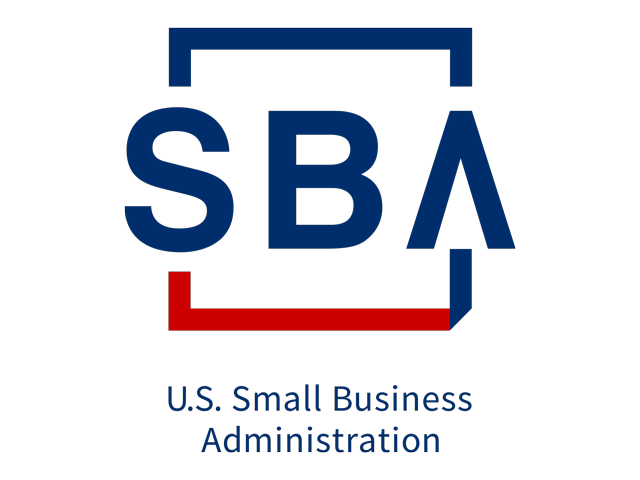Partnerships Miss Out on PPP
Lawmakers Say They Intended for PPP Changes to Apply to Partnerships, Call on SBA for Change
MT. JULIET, Tenn. (DTN) -- Members of Congress are urging the U.S. Department of Treasury and the Small Business Administration to issue new clarifications that would make more farmers and ranchers eligible for forgivable loans through the Paycheck Protection Program. But with less than six weeks until the application deadline, there's little time for SBA to change its guidance.
When Congress reauthorized the program earlier this year, it changed how farmers calculate their loan amounts, switching from net income to gross income. The change made farmers eligible for much larger payments. However, guidance from the SBA limited the change to sole proprietors and single-owner limited liability corporations, leaving rules for partnerships unchanged.
For more about the rule change, please read "Farmers Could See Bigger Payments Under New PPP Rules" here: https://www.dtnpf.com/…
U.S. Senators Tammy Baldwin, D-Wis.; Joni Ernst, R-Iowa; John Hoeven, R-N.D.; and John Thune, R-S.D.; and Representative Ron Kind, D-Wis., wrote that SBA's interpretation is not consistent with the intent of Congress in a letter to Treasury Secretary Janet Yellen and SBA Acting Administrator Tami Perriello.
The lawmakers stated the Consolidated Appropriations Act of 2021, which included the new PPP rules for farmers, "provides the SBA the authority to apply the new maximum loan calculations included in this provision to partnerships, limited liability companies, and any other farm or ranch entity taxed as a partnership reporting self-employment income on tax form Schedule F."
P[L1] D[0x0] M[300x250] OOP[F] ADUNIT[] T[]
The letter points to an apparent contradiction of broad and narrow interpretations. Under the CARES Act's initial PPP rule, SBA determined that a business that "operates as a sole proprietorship or as an independent contractor or is an eligible self-employed individual" included partnerships and LLCs. Farmers without payroll or positive net income were largely shut out of that program by income restrictions, and eventually only 1.6% of all loans, worth $8.1 billion, went to businesses in the "agriculture, forestry, fishing and hunting" industries.
The lawmakers say when they drafted the new farmer rule, they "anticipated that the SBA would apply the same broad interpretation of sole proprietorship, independent contractor, or self-employed individual."
Application for the second round of PPP loans are due March 31; SBA hasn't indicated it plans on making any changes.
Kristine Tidgren, director of Iowa State University's Center for Agricultural Law and Taxation, told DTN in a phone interview it would be difficult to envision SBA changing direction.
"All these people have been following the rules as published, maybe in a future PPP they could clarify that," she said. "I suppose they could issue guidance to say this is what we meant all along, but the guidance that they have published has been pretty clear that partnerships have to follow rules specified in the guidance for partnerships."
Partnerships can still apply for PPP loans; however, they don't get the benefit of using gross income. Tidgren said the partnership, not the individual farmer, must apply for the loan. The self-employment income of all of the partners is combined with payroll for employees in the loan calculations, but that self-employment income must first deduct any Section 179 expense deductions, unreimbursed partnership expenses claimed on taxes and any depletion claimed on oil and gas properties. Each partner's compensation is subject to the $100,000 salary cap used in the payroll calculations.
Rules for S-Corporations and C-Corporations are also based on the payroll of the business.
"S-Corporations are unique in that they're passed through entities, so the S-corporation shareholders report the income on their personal returns," Tidgren said. "It gets passed through to them, but it's all based upon a system that an S-corporation shareholder is an employee of the corporation and actually gets the wage from the corporation."
Tidgren said it's unfortunate the guidance for the program hasn't been clearer -- on this topic and several others -- and is raising questions. "But bottom line is, I think, farmers really just have to work with their lenders and try to follow the guidance that we have in terms of calculating loans according to the rules that we have right now."
You can find more details on PPP on the SBA's website, here: https://www.sba.gov/…
Katie Dehlinger can be reached at katie.dehlinger@dtn.com
Or you can follow her on Twitter at @KatieD_DTN
(c) Copyright 2021 DTN, LLC. All rights reserved.




